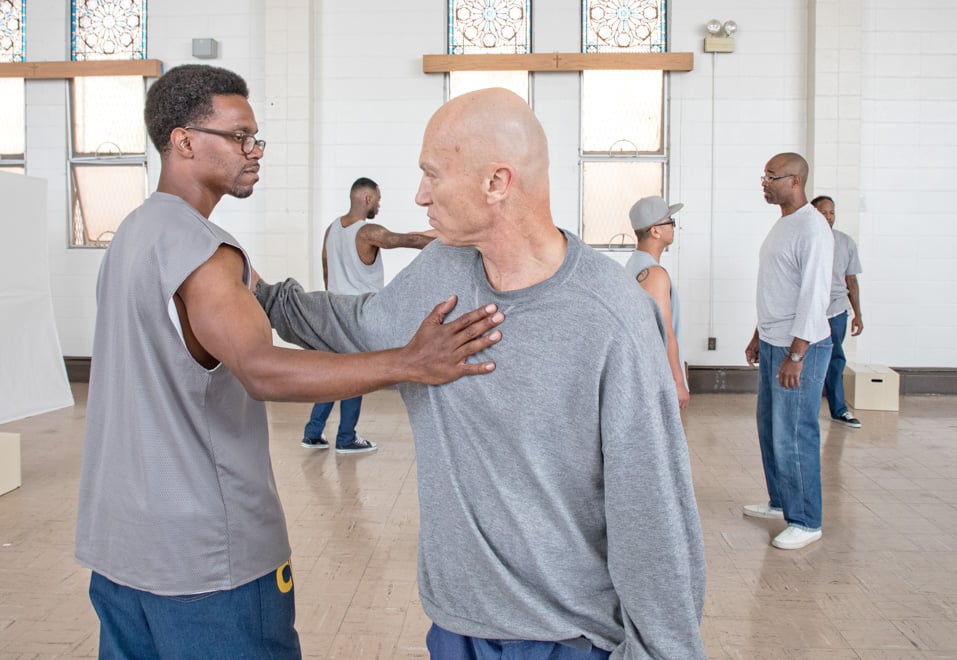A chapter of Prison Renaissance — a national nonprofit that aims to connect incarcerated people with the community through the arts — will launch at Stanford next week under the leadership of Selby Wynn Schwartz, lecturer in the Program in Writing and Rhetoric. The group aims to initiate a collaborative project with a writing component as their first undertaking, bringing together group members and incarcerated people in the creative effort.

“Part of this project is to try … to show people who are incarcerated not simply as people who are incarcerated, but also as artists, also as parents, also as writers, also as scholars,” said Schwartz.
Prison Renaissance was co-founded by Emile DeWeaver, Rahsaan Thomas and Juan Meza, all of whom are currently incarcerated. According to its website, the organization aims to address mass incarceration in society in a variety of ways, from reducing prison populations to using art as a vehicle through which to “transform the lives of incarcerated people.” The organization currently publishes artistic and written pieces — which range from editorials and essays to poetry and visual art — on its website.
The idea for the chapter first came about when Schwartz met DeWeaver, who is currently incarcerated at San Quentin State Prison, through an organization that brings together people who are incarcerated and people who are not, to produce multimedia performances. Schwartz said she recognized that Prison Renaissance could “carve out spaces and amplify voices” for incarcerated individuals.
“Prison Renaissance itself foregrounds the idea of writing and art-making and, to the extent that it’s technologically possible, speaking,” said Schwartz, referring to the lack of Internet at the prison and the restrictions on phone use for inmates. “I think that those are ways that we engage and reach people and sometimes have transformative effects on each other.”
The Stanford chapter aims to submit the project to Prison Renaissance’s online publication, so that the incarcerated participants may reach the wider public in addition to chapter members.
Another major goal is on-campus publicity. The group seeks to bring the voices of incarcerated people to the Stanford campus, such as through a call with DeWeaver and his co-founders. However, Schwartz noted that any attempt to connect incarcerated people involved with the project with Stanford raises several logistical issues — for instance, San Quentin State Prison does not have Internet, preventing audiovisual formats such as Skype — which reveal the barriers standing between incarcerated people and the rest of society.
Meanwhile, bridging the gap between inmates and the Stanford community has begun with a small core of new members. Current member Eva Louise Grant ’19 says her longstanding interest in the connections between activism and the arts led her to join the group at Schwartz’s invitation.
“I was at the time facilitating a course on the prison-industrial complex which featured a workshop led by Bay Area artist and prison abolitionist Adrienne Roberts,” said Grant of her first conversation with Schwartz about the group. “[I] jumped at the chance to afford Stanford students — many of whom are involved in activism surrounding mass incarceration — a connection to a larger movement… that conjure[s] a world beyond present conditions of mass incarceration.”
Contact Jordan Payne at jpayne1 ‘at’ stanford.edu.
